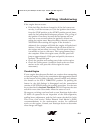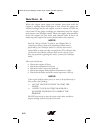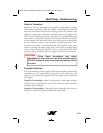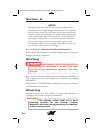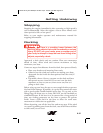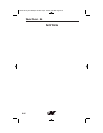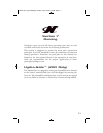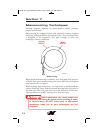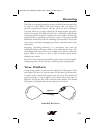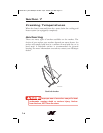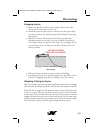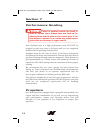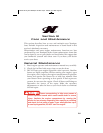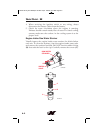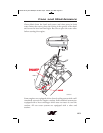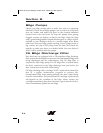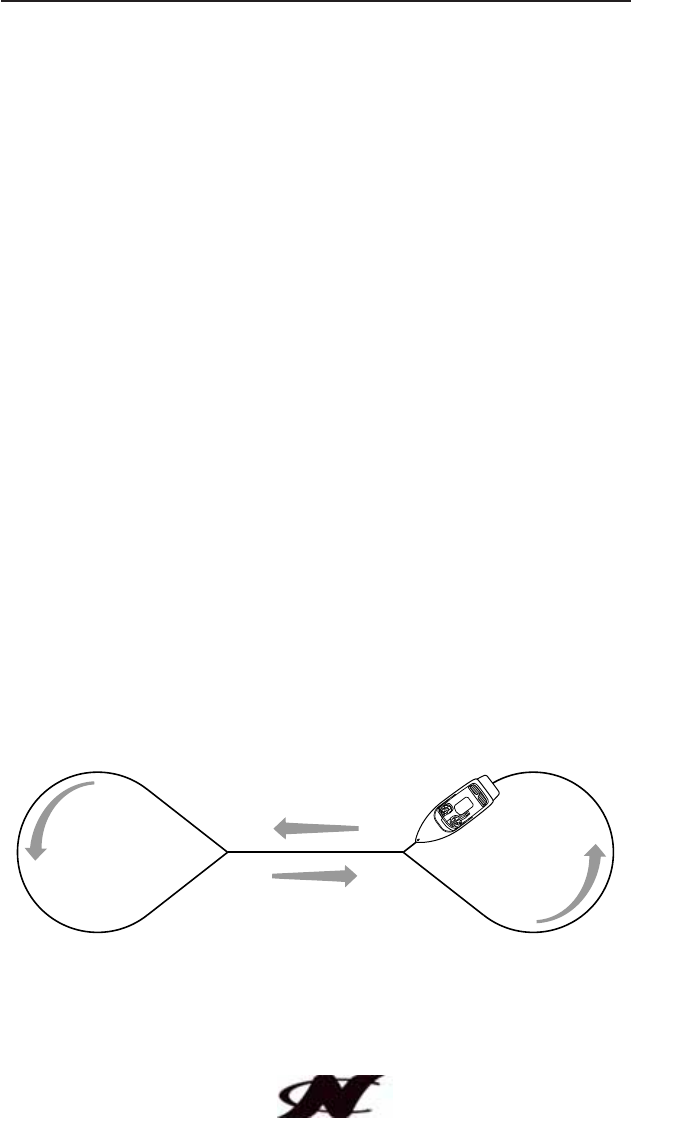
7-3
The effects of unequal propeller thrust, wind and current must also
be kept in mind. While wind and current may not always be
present, experienced boaters will use them to their advantage.
Unequal thrust is an aspect shared by all single-engine propeller-
driven watercrafts. The 200 and 216 have a clockwise (right-hand)
rotation propeller. Propeller rotation has a direct effect on steering,
especially when operating your boat in reverse. Operators should
familiarize themselves with the handling characteristics of the boat
in an open area before attempting to dock or perform other close
maneuvers.
Stopping (checking headway) is a technique that must be
developed. Reverse thrust is used to slow and stop the boat. The
momentum of the boat will vary according to the load as well as the
speed. Make it a practice to slow to idle (no-wake) speed before
shifting into reverse.
It is best to learn maneuvering skills in open water away from traffic.
Adequate practice is the only way to develop your boating skills.
Tow Pattern
A large loop pattern is preferred for beginners. This pattern does
not require the skier to cross the wake. As the skier’s skills improve,
a looped end or dumb bell pattern may be used. The dumb bell
pattern provides a long straight course which allows the wake to
disperse, leaving the skier with a smooth water surface. The dumb
bell pattern is popular with ski tournaments and clinics.
Dumb Bell Ski Pattern
KCB-011
Running
D-Drive Sec 7_2010:Nautique Ski Sec 7.qxd 7/24/09 1:07 PM Page 7-3



